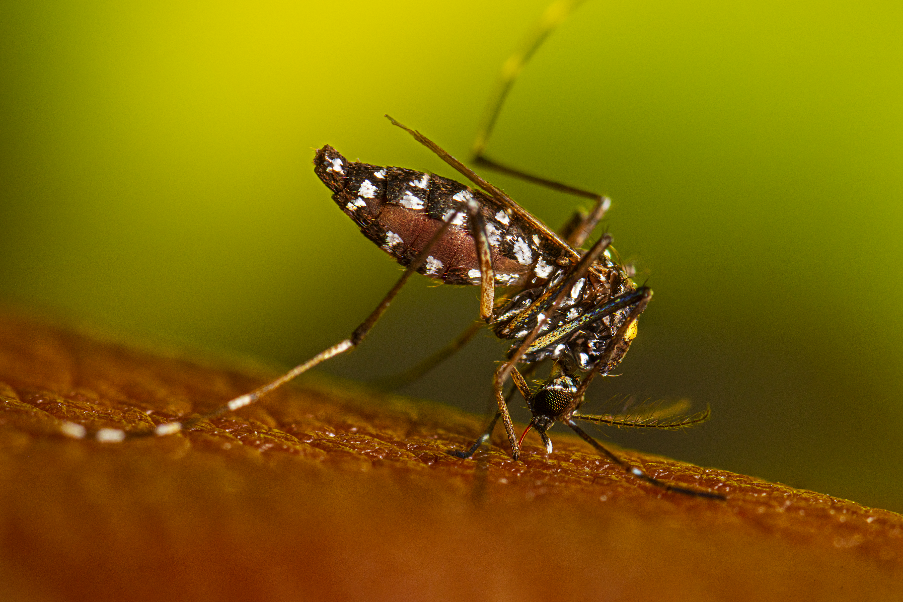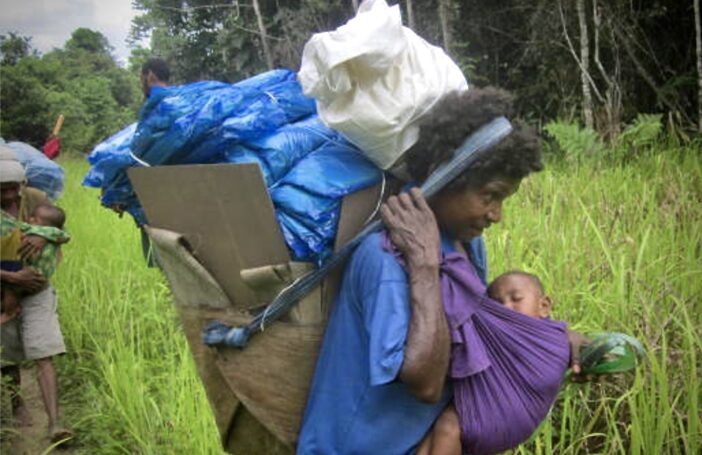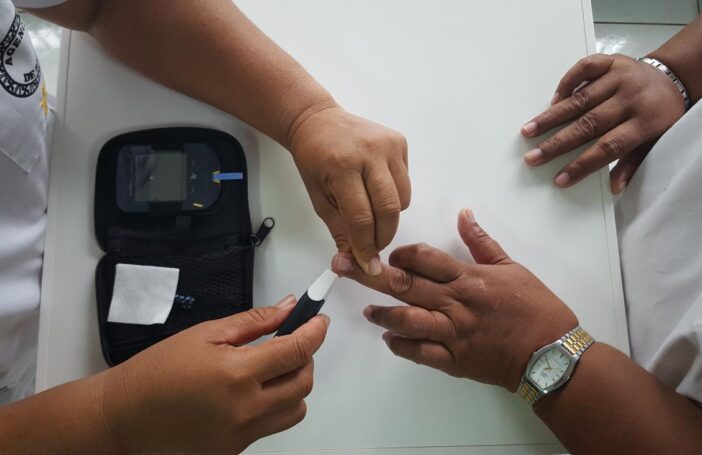Dengue is the fastest spreading infectious disease in the world. Around 70% of cases are currently found in Asia, but prevalence elsewhere is increasing due to anthropogenic factors including rapid urbanisation and globalisation.
The Aedes mosquito, which transmits dengue, has moved into new areas of Asia, as well as South and Central America. It is also expanding within Africa, and the warmer regions of some high-income countries, including Australia, the United States, and parts of southern Europe.
Between 1990 and 2019, there was an 85% increase in the number of dengue cases. This life-threatening disease is now endemic in 129 countries, with the worst dengue outbreak on record currently affecting Peru.
Caused by four different serotypes – or strains – of the dengue virus, infection will lead to life-long immunity to that serotype; but subsequent infection with another strain increases the risk of developing severe dengue. Children under the age of 10 are most vulnerable to severe infection or death.
The significance of dengue as a threat to the health of individuals and as a burden on health services and economies cannot be underestimated. This is especially true in contexts where health systems require further strengthening to function effectively, such as parts of Africa.
Africa has suffered Zika, chikungunya, yellow fever and multiple other mosquito-borne viruses (or arboviruses), some of which have spread across the world and are causing increasingly frequent outbreaks, especially in urban situations where Aedes mosquitoes thrive. We know that, after Asia, Africa is the second most heavily impacted region afflicted with arboviruses.
A 2022 survey from the World Health Organization’s Special Programme for Research and Training in Tropical Diseases conducted in 47 African countries revealed deep and widespread shortfalls in arbovirus outbreak preparedness, surveillance and control.
Misdiagnosis and misclassification of arboviral infections is a major challenge in the region. The overwhelming prevalence of malaria south of the Sahara can mask the presence of other arboviral infections, such as dengue, because of the similarity in many of the symptoms.
Due to the high mortality associated with malaria, in addition to the historic focus of global efforts to reduce the toll of illness and death from the disease, medical practitioners are inclined to focus on diagnosing and treating malaria. But this leaves non-malarial fevers to be treated symptomatically, and their cause often undetermined.
A lack of knowledge of healthcare workers on the symptoms of dengue, as well as an absence of a standardised case definition for reporting dengue cases, means many cases remain unreported or unconfirmed. Inadequate surveillance systems and resource constraints also contribute to the true disease burden remaining unknown. To make matters even more difficult, many dengue cases can be asymptomatic, which further compounds control efforts.
Consistent global investment over the last two decades to tackle the burden of malaria has resulted in significant progress in reducing case numbers and deaths. The same commitments should also be made in order to understand the true scale of dengue, and address this disease, in Africa.
Appropriate investment at a scale relative to the problem is essential. Building regional networks of collaborating institutions that involve training and data sharing will improve surveillance and response, and provide platforms for information sharing that will strengthen this understanding and build capacity across the region.
If the spread of dengue is to be halted, there needs to be a shift from ad hoc responses to isolated outbreaks towards long-term, integrated programming. This would require an increase in funding for a combination of dengue programs that include prevention, management and treatment, and effective surveillance. Together, these offer the way forward for controlling, and then reversing, the spread of dengue. When such programming also includes community-level initiatives, it can lead to sustainable behaviour change that results in real and positive impact on health outcomes.
Elements of an integrated community-based approach to preventing dengue include addressing environment cleanliness and vector control. Engaging and training community health volunteers to identify and refer suspected dengue cases, and improving community-based disease surveillance, are also crucial.
15 June has been observed by ASEAN as “Dengue Day” since 2010 – but dengue must be moved up the global health agenda before it becomes an even greater threat than it already is.
A webinar on 14 June, organised by the Resilience Against Future Threats through vector control (RAFT) research consortium – a six-year initiative led by the London School of Hygiene and Tropical Medicine – brought together arboviral experts from across Africa and the rest of the world. A second exchange is planned for November 2023 in Tanzania.





Death caused by mosquitoes is staggering. In rural areas people hardly take precautionary measures to avoid mosquitoes. Unless people themselves taken action, the mosquito problems cannot be solved. And one important fact is that no matter whatever the steps taken, no matter how much clean the place is, mosquitoes cannot be eradicated at all. Only two things can be done, one is to have a good potent vaccine and the other one is to fix mosquito nets in your home.
Having just returned from Cairns, I was very pleased to learn that it is free from dengue for the first time in many decades. Not “expanding” as claimed in this article.
This has been due to a program surely also relevant to these problems in Africa, involving Wolbachia mosquitoes. As noted by the World Mosquito Progam – https://www.worldmosquitoprogram.org/en/news-stories/stories/far-north-queensland-essentially-dengue-free#:~:text=A%20new%20scientific%20paper%20has,locations%20in%20northern%20Queensland%2C%20Australia.
“This means that Far North Queensland is essentially dengue-free for the first time in well over 100 years, according to Dr Richard Gair, Director and Public Health Physician, Tropical Public Health Services Cairns.
Short-term releases of Wolbachia mosquitoes were undertaken up to 8 years ago in some communities, and monitoring in these areas has shown that Wolbachia has since remained in the local mosquitoes with no further releases required. Importantly, there has been reduced dengue transmission in these areas, with a 93 per cent reduction in reported dengue cases. This follows the 5-year success of the World Mosquito Program method in the city of Townsville.
World Mosquito Program Director and Monash University Professor Scott O’Neill is thrilled with the result.
“We’ve seen almost the complete collapse of locally acquired dengue in previously high-risk transmission areas in cities and communities across Australia’s far north, despite imported dengue cases continuing to rise. In fact, local dengue transmission has essentially disappeared from Cairns for the first time since the early 1980s.”
Local Wolbachia-mosquito populations were established using a variety of methods, including direct involvement of school children, householders, community groups and businesses, who assisted with growing and releasing Wolbachia mosquitoes. “